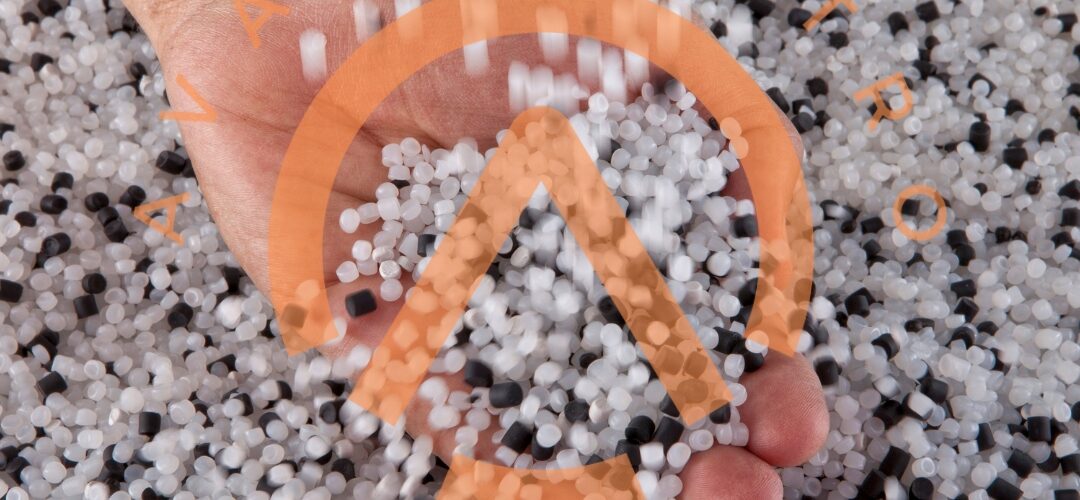Which Additives Are Used in the Production of Polyethylene?
Polyethylene, a widely used plastic, finds its way into countless products that we use in our daily lives. From plastic bags to bottles and even toys, polyethylene’s versatility makes it a favorite in the manufacturing industry. But have you ever wondered what gives polyethylene its unique properties and characteristics? The answer lies in the additives that are used in its production.
In this article, we will delve into the world of polyethylene and explore the various additives that play a crucial role in shaping its properties. We will discuss the purpose of these additives, their types, and the impact they have on the final product.
Understanding Polyethylene
Before we dive into the additives, let’s first understand what polyethylene is. Polyethylene is a thermoplastic polymer made from ethylene monomers. It is known for its lightweight, durable, and versatile nature, making it an ideal choice for various applications.
Types of Polyethylene
There are different types of polyethylene, including:
- Low-Density Polyethylene (LDPE)
LDPE is known for its flexibility and transparency. It is commonly used for plastic bags, food packaging, and shrink wrap.
- High-Density Polyethylene (HDPE)
HDPE is stiffer and more rigid than LDPE. It is often used for containers, pipes, and plastic lumber.
- Linear Low-Density Polyethylene (LLDPE)
LLDPE combines the characteristics of both LDPE and HDPE. It is used in applications such as stretch wrap and plastic films.
Now that we have a basic understanding of polyethylene, let’s explore the additives that enhance its properties.
Additives in Polyethylene Production
Additives are substances added to polyethylene during its manufacturing process to modify its properties and performance. These additives can serve various purposes:
- Stabilizers
Stabilizers are added to polyethylene to prevent it from degrading when exposed to heat, UV radiation, or oxygen. Without stabilizers, polyethylene would become brittle and discolored over time.
- Plasticizers
Plasticizers enhance the flexibility and durability of polyethylene. They are often used in the production of plastic films and flexible tubing.
- Colorants
Colorants are self-explanatory – they add color to polyethylene. Whether it’s the vibrant hues of plastic toys or the color-coding of pipes, colorants play a significant role in product differentiation.
- Antioxidants
Antioxidants are used to protect polyethylene from oxidative degradation, which can occur during processing and storage. These additives extend the material’s lifespan.
- Fillers
Fillers, such as calcium carbonate and talc, are added to polyethylene to improve its mechanical properties. They can increase stiffness and reduce production costs.
- Lubricants
Lubricants aid in the processing of polyethylene by reducing friction. This makes it easier to mold and shape the plastic during manufacturing.
- Flame Retardants
In applications where fire safety is a concern, flame retardants are added to polyethylene to reduce its flammability.
The Importance of Choosing the Right Additives
Selecting the appropriate additives for polyethylene is critical because they can significantly impact the final product’s performance and longevity. Manufacturers carefully tailor the blend of additives based on the intended application.
Conclusion
In conclusion, polyethylene’s incredible versatility is made possible by the clever use of additives during its production. These additives ensure that polyethylene can be customized to meet the specific needs of various industries, from packaging to construction. So, the next time you come across a polyethylene product, remember that it’s not just plastic – it’s a carefully engineered material designed to make our lives easier and more convenient.
Frequently Asked Questions
- Are additives safe in polyethylene products?
Yes, additives used in polyethylene production are typically safe when used as intended. They undergo rigorous testing to ensure they meet safety standards.
- Can polyethylene be recycled with additives?
Yes, many polyethylene products with additives can be recycled. However, the recycling process may vary depending on the type and amount of additives used.
- Are there eco-friendly additives for polyethylene?
Yes, there are eco-friendly additives available that aim to reduce the environmental impact of polyethylene production and usage.
- How do I identify the type of polyethylene in a product?
You can often find information about the type of polyethylene used in a product on its packaging or in product specifications provided by the manufacturer.
- What happens if the wrong additives are used in polyethylene production?
Using the wrong additives can lead to a product with undesirable properties or reduced performance. It’s crucial for manufacturers to choose additives carefully based on the intended application.

